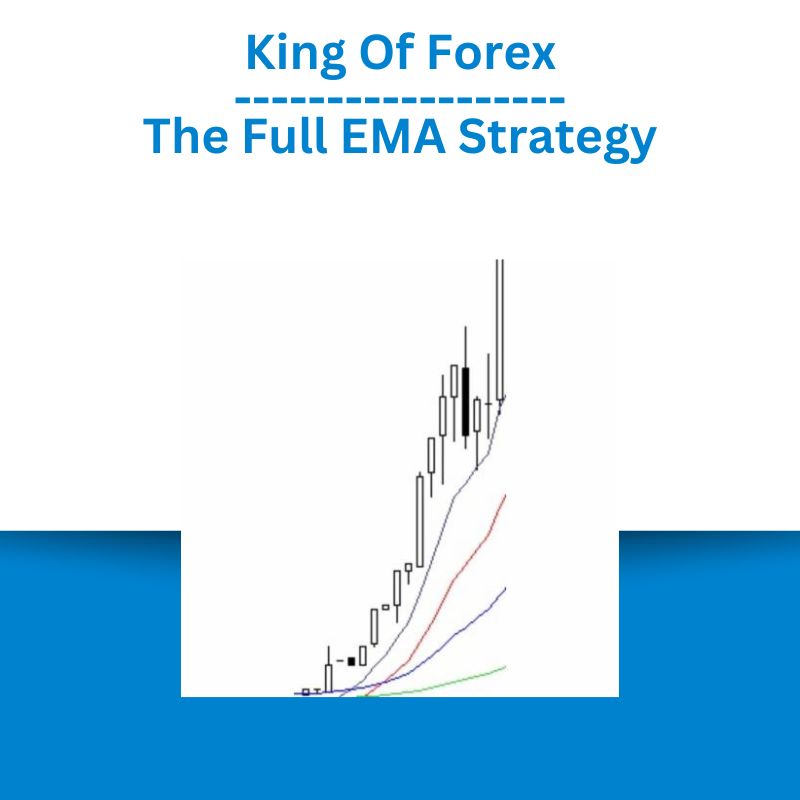*** Proof of Product ***

Welcome to “King Of Forex – The Full EMA Strategy” course. This course is your gateway to mastering the Exponential Moving Average (EMA) and enhancing your trading skills. Whether you’re a beginner or an experienced trader, you’re about to gain valuable insights that can transform your trading approach.
Exploring the Essential Features of “King Of Forex – The Full EMA Strategy“
THE FULL EMA STRATEGY – THE COMPLETE VERSION!! Get this course and flip your account easily!
You already know the basic version of this strategy from my Youtube channel. The complete version is in this video and non elsewhere.
Introduction:
When it comes to trading and investing in financial markets, traders often rely on a variety of tools and indicators to make informed decisions. One such tool that holds significant importance in technical analysis is the Exponential Moving Average, or EMA. In this short blog, we’ll take a closer look at what the EMA is and how traders use it to gain insights into market trends and potential trading opportunities.
What is the EMA?
The Exponential Moving Average is a type of moving average that gives more weight to recent price data, making it responsive to the most recent market developments. Unlike the Simple Moving Average (SMA), which treats all data points equally, the EMA assigns exponentially decreasing weights to historical data points. This means that the EMA reacts more quickly to changes in price, making it a valuable tool for traders looking to identify trends and reversals.
How is the EMA Calculated?
The EMA is calculated using a straightforward formula:
EMA = (Price * Smoothing Factor) + (EMA_previous * (1 - Smoothing Factor))
Here, “Price” represents the closing price of the asset you’re analyzing, “N” is the number of periods you choose for the EMA calculation (e.g., 9, 12, 20, or 50), and “EMA_previous” is the EMA value from the previous period (or the initial EMA, which is typically the SMA for the first period).
Practical Uses of the EMA
- Trend Identification: Traders often use EMAs to identify trends in the market. When the short-term EMA crosses above the long-term EMA, it can be interpreted as a bullish signal, indicating an uptrend. Conversely, when the short-term EMA crosses below the long-term EMA, it may be viewed as a bearish signal, suggesting a potential downtrend.
- Support and Resistance Levels: EMA lines can also act as dynamic support and resistance levels. Prices often bounce off or react to EMAs, providing traders with potential entry or exit points.
- Generating Trading Signals: EMAs are commonly used to generate trading signals. For example, a trader might initiate a buy position when the 9-day EMA crosses above the 20-day EMA and exit the position when the opposite crossover occurs.
- Risk Management: Traders use EMAs to set stop-loss orders. For instance, they may place a stop-loss just below a key EMA level to limit potential losses.
Please see the full list of alternative group-buy courses available here: https://lunacourse.com/shop/









